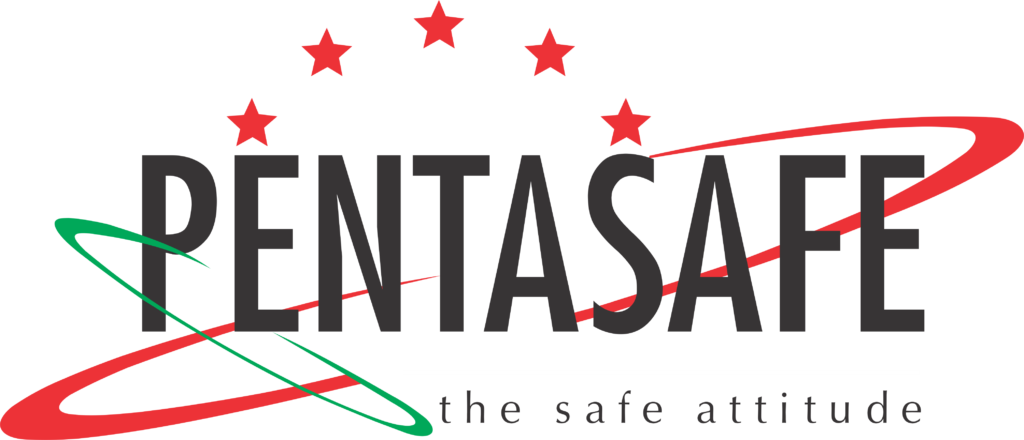EMERGENCY MANAGEMENT URBAN SEARCH & RESCUE VEHICLE EXTRICATION
DESCRIPTION
Urban Search and Rescue (USAR,also known as Urban SAR) involves the location, extrication, and initial medical stabilization of victims trapped in structural collapse due to natural disasters, mines and collapsed trenches. The causes of USAR incidents can be categorized as accidental and deliberate. Structural collapse incidents can comprise unstable or collapsed structures in an unsafe position. Usually collapse incidents leave voids inside the debris that can result in numerous casualties trapped under large amounts of very heavy and often unstable debris. USAR services can be faced with complex rescue operations within hazardous environment. Incidents experience shows that people are often found alive many hours and days after rescue operations commence, and the corresponding services should be
SCHEDULE
Duration
1 Day
Course Load
7 Hours
Schedule
10 am to 6 pm
Participants
per class
20 students
objective
Given a simulated collapsed structure situation,participants working in teams of 8 will plan and conduct a search for live victims utilizing canines they have trained and managed. Search techniques will be in accordance with procedures taught in the course.
TARGET AUDIENCE
Urban Search and Rescue respondents i.e.; Fire Departments, Police Departments and Rescue Groups associated with the government emergency response system.
- Poisoning, Medical emergencies: cardiovascular and cerebral-vascular respiratory emergencies
- Medical emergencies: seizures: diabetic, and abdominal
- Protocols for oxygen therapy
- Vehicle Extrication
- Comprehending the accident scene
- Evaluating the patients
- Evaluating the Vehicle
- Planning the Extrication Task
- Extricating the Patients
- Analyzing the overall Extrication Process
- Demobilizing
course content
- Basic Urban Search and Rescue
- Introduction to Urban Search and Rescue (USAR)
- Risk assessment
- Heavy lifting, cribbing, and shoring
- Ropes and knots
- Patient packaging and extrication
- Ladder rescue procedures
- Search (hailing and visual method)
- Physical search / search patterns
- Medical first responder or equivalent
- Emergency medical services (EMS)
- Infectious disease precautions
- Anatomical references
- Initial assessment and physical exam
- Basic life support and cardio pulmonary resuscitation (BLS and CPR)
- Haemorrhage and shock
- Soft-tissue injuries, Musculoskeletal injuries
- Injuries to the skull, spine, and chest
- Burns and environmental emergencies
- Poisoning, Medical emergencies: cardiovascular and cerebral-vascular respiratory emergencies
- Childbirth emergencies
- Moving and lifting patients
- Poisoning, Medical emergencies: cardiovascular and cerebral-vascular respiratory emergencies
- Medical emergencies: seizures: diabetic, and abdominal
- Protocols for oxygen therapy
- Vehicle Extrication
- Comprehending the accident scene
- Evaluating the patients
- Evaluating the Vehicle
- Planning the Extrication Task
- Extricating the Patients
- Analyzing the overall Extrication Process
- Demobilizing
